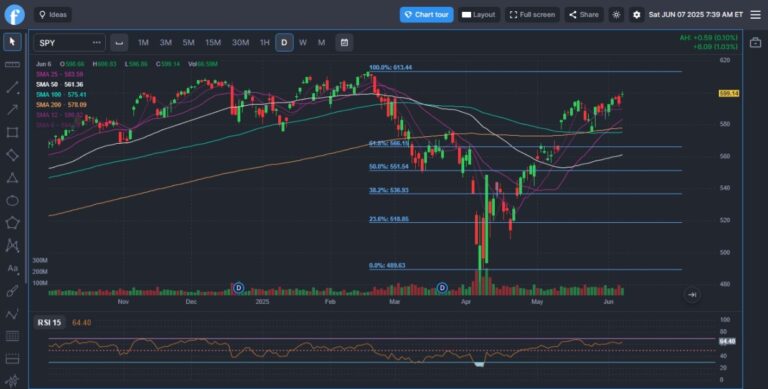Short selling is a bearish trading strategy where a trader sells borrowed shares with the intention of buying them back at a lower price. This allows traders to profit from declining markets.
How Short Selling Works
The process begins when a trader borrows shares from a broker and immediately sells them at the current market price. The trader then waits for the stock to drop in value. If the price falls as expected, they buy back the shares at a lower price, returning them to the broker and pocketing the difference. This allows traders to profit from downward market movements without ever owning the stock outright.
However, short selling carries significant risk. Unlike traditional investing, where losses are limited to the initial purchase price, short sellers face potentially unlimited losses if the stock price rises instead of falling. This risk is amplified in volatile markets, where unexpected price spikes can trigger margin calls, forcing traders to cover their positions at steep losses. Short selling requires careful timing, technical analysis, and risk management, making it a favored tool among experienced traders navigating bearish trends.
Related Phrases for Short Selling
- Selling short – Another way to describe the act of short selling.
- Bearish trading – A general term for strategies that profit from declining markets.
- Naked short selling – Shorting a stock without borrowing shares first.
- Short squeeze – When a stock price rises rapidly, forcing short sellers to buy back shares at a loss.
- Betting against the market – A phrase used to describe short selling as a contrarian strategy.
- Uncovered sales – Selling shares without owning them, similar to naked short selling.
- Selling against the trend – Taking a position opposite to the prevailing market direction.
- Going short – A common term for initiating a short position.
Example
Imagine a trader believes that Company XYZ is overvalued at $100 per share and expects its price to drop. The trader borrows 100 shares from a broker and sells them immediately, receiving $10,000 in cash.
A few weeks later, the stock price falls to $70 per share. The trader buys back the 100 shares for $7,000, returns them to the broker, and pockets the $3,000 profit (excluding fees and interest).
However, if the stock price rises instead of falling, say to $130 per share, the trader would have to buy back the shares at a loss, paying $13,000 to return them—resulting in a $3,000 loss.
Short selling can be highly profitable but carries significant risk, especially if a short squeeze occurs, forcing traders to buy back shares at inflated prices.









